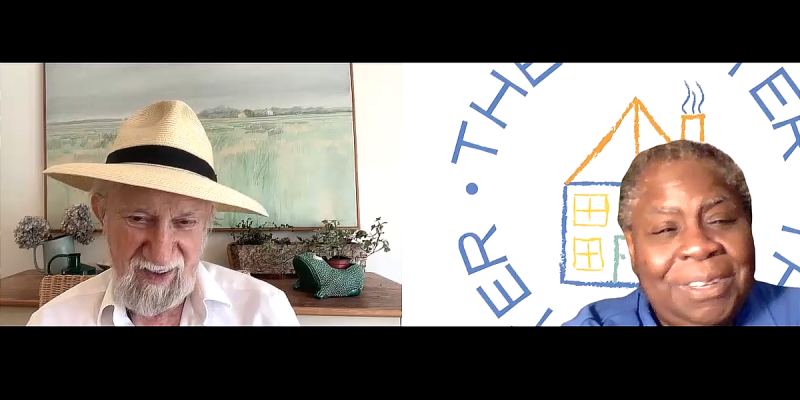In the six months since a New York City law guaranteeing universal access to legal counsel for low-income tenants facing evictions came into effect, more than 8,000 people have kept their homes in the face of unjust legal proceedings filed by landlords.
“When tenants are given a fair chance to fight in housing court, they will win,” said Council Member Mark Levine, who sponsored the law. “Though this is great news, we can’t afford to take our foot off the gas. We need to expand and strengthen this law to keep New Yorkers in their homes, off the streets and out of the shelter system.”
Since 2013, the amount of evictions in New York City has fallen by 37 percent, and the number of tenants with legal representation has more than doubled, but the Right to Counsel law currently only applies to households making twice the federal poverty wage. According to Levine, in cities as expensive as New York, this is still below the cost the living. Council Member Levine has already sponsored a “Right to Counsel 2.0” law to increase the availability and applicability of the previous law.
“While the majority of tenants in housing court are eligible for the right to counsel under the current 200 percent threshold, a single New Yorker earning a $15 an hour minimum wage is not,” said Levine. “The federal poverty level is totally out of whack with the reality in New York.”
The data released by the Mayor’s office sheds a light on the predatory tactics used by landlords to evict poor tenants, especially those in rent-controlled apartments. Because New York’s laws allow landlords to charge 20 percent more for rent once an apartment becomes empty, landowners take advantage of unrepresented tenants to push through evictions without any legal challenges. According to Levine, something as simple as a lawyer being present for eviction cases reduce the chances of eviction by 77 percent.
“In some cases, landlords simply drop their cases after learning the tenant has an attorney,” said Levine.
The program currently only applies to 20 of the highest-risk zip codes in New York, but once it is fully rolled out in 2022 it will apply to around 400,000 New Yorkers, who are the most likely to be preyed on by harasser landlords, who use threats of eviction to retaliate against tenants trying to organize for better living conditions.























